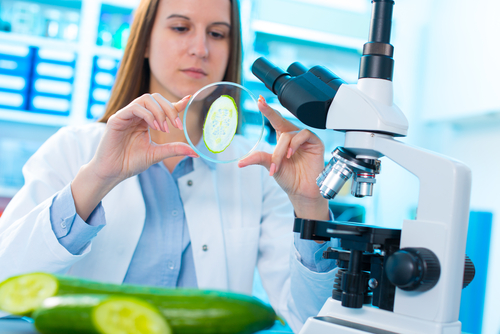ALS Grand Challenge Offering Up to $1 Million to Promote Research Toward a TDP43-tracking Biomarker

The ALS Finding a Cure Foundation and the ALS Association are partnering for the Grand Challenge, an initiative to develop a biomarker to track TDP43 aggregation — the primary protein aggregate found in the brain and spinal cord of people with amyotrophic lateral sclerosis (ALS). The winning team, or teams, with the most developed plan will receive an investment of up to $1 million to advance their research.
Transactive response DNA-binding protein 43 (TDP43) is the primary protein aggregate, or clump, found in the brain and spinal cord of people with ALS and other neurodegenerative diseases, and TDP43 mutations are a known genetic cause of ALS. Normally, TDP43 is found in the cell nucleus, but in ALS, TDP43 aggregates build up in the cytoplasm, or area around the nucleus. Disturbances in the movement of the TDP43 protein between the nucleus and the cytoplasm have been implicated in the ALS process. Still, exactly how TDP43 is linked to clinical disease and whether its cytoplasmic aggregates are toxic is not clear.
Through the Grand Challenge, the groups want to lay the foundation for research leading to a positron emission tomography (PET) tracer specific for TDP43 aggregates that can be used as a biomarker for ALS. The PET tracer sought would have widespread applications, from tracking TDP43 aggregation during the disease process to enhancing ALS clinical trials targeting TDP43.
The Challenge, according to a press release, has two stages:
- Awarding grants of up to $1 million to the team or teams with the most detailed plan and appropriate materials to develop the TDP43 tracer;
- If the project proves successful, continued funding for further development of the PET tracer toward clinical use.
Qualifying scientific teams will include those with specialities in TDP, preclinical biology, radiochemistry, PET, and discovery and medicinal chemistry, although other specialists will also be considered. Full Challenge and application details are available through the Grand Challenge webpage. Those interested must submit a letter of intent and abstract by March 22, 2016.
The Grand Challenge Committee will notify teams with the most promising proposals on April 11, and full submissions are due by May 20. Winners will be announced in July 2016.
ALS, a progressive neurodegenerative disease that affects nerve cells in the brain and the spinal cord, damages the ability to initiate and control muscle movement. For unknown reasons, veterans are twice as likely to develop ALS as the general population. There is no cure, and only one drug (Riluzole) has been approved by the U.S. Food and Drug Administration that modestly extends survival.






